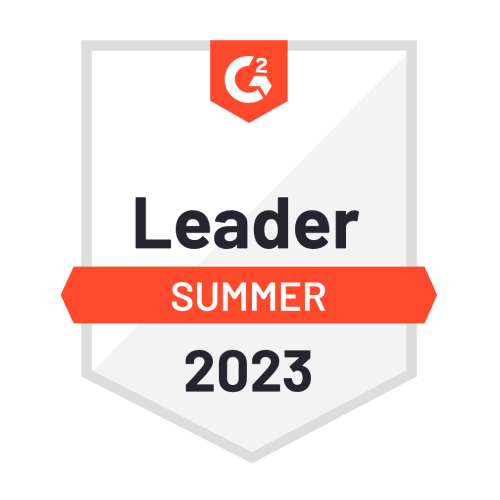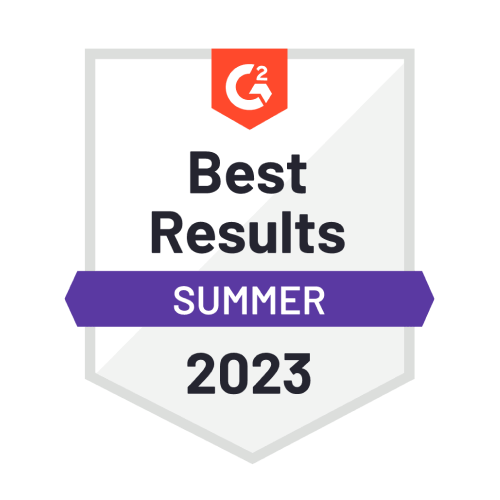Predictive Segmentation
Predictive segmentation is a technique used in marketing to identify and create customer segments based on the high probability of occurrences of certain behaviors, events, or conditions in the future. It is typically powered by artificial intelligence and machine learning technology and is automated.
For example, marketers can create “likelihood to purchase” segments to target customers most likely to buy soon, or “likelihood to churn” groups to re-engage those at risk of leaving your business.
Why use Predictive Segmentation?
- Target customers with the highest likelihood to purchase (e.g., >80% probability) to minimize wasted spend and maximize conversions.
- Identify at-risk segments before they leave and automatically trigger win-back campaigns with tailored messaging and offers that resonate with each group.
- Automate journeys, product recommendations, and content for each predictive segment so every interaction aligns with individual intent and lifecycle stage..
Predictive vs. Traditional vs. Behavioral Segmentation
| Attribute | Predictive Segmentation | Traditional Segmentation | Behavioral Segmentation |
| Autonomy | Automated, AI-powered | Manual, fixed rules | Action-based, post-event |
| Context | Future probabilities | Static demographics | Historical behavior |
| Integration | Multi-channel, CDPs | Basic channel targeting | CRM, analytics integration |
| Learning | Real-time, adaptive | Manual updates | After an event occurs |
| Example | “Likely to buy this month” | “Female, age 25–34” | “Browsed a product recently” |
Frequently Asked Questions (FAQs)
Predictive segmentation analyzes behavioral, demographic, and transactional data to score each customer on the probability of future actions, enabling dynamic segmentation that adapts in real time. Explore how Insider predicts behavior using its AI-driven Predictive Engine.
Predictive segmentation enables measurable improvements in conversion rates, churn reduction, engagement uplift, and customer lifetime value (CLTV). You can track performance improvements by segment or campaign. Learn more through Insider’s Predictive Marketing guide and review real-world impact via Insider’s web-push case study for predictive segments.
Absolutely. Marketers can set custom behavioral filters and score thresholds, such as likelihood to purchase, discount affinity, or lifecycle status, to align segments closely with business goals.
Yes. As long as a brand has sufficient customer data and uses a platform that supports AI-driven predictions, even mid-sized businesses can benefit without needing enterprise-grade infrastructure.







